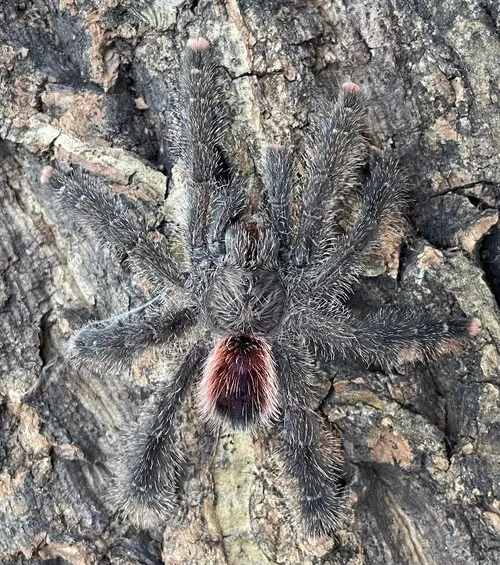Essential Care for Pink Toe Tarantula
The Pink Toe Tarantula (Avicularia avicularia) is a popular pet due to its striking appearance and relatively manageable care requirements. However, ensuring the well-being of these arboreal creatures requires adherence to specific guidelines. This guide details the top 5 essential care tips to help you provide a thriving environment for your Pink Toe Tarantula, whether you’ve purchased one during a Pink Toe Tarantula sale or acquired it through other means. Proper care not only ensures the tarantula’s health but also enhances your enjoyment of this fascinating species. Understanding these basics will set you on the path to successful Pink Toe Tarantula ownership, allowing you to appreciate their unique behaviors and beauty.
Temperature and Humidity
Maintaining the correct environmental conditions is crucial for your Pink Toe Tarantula’s health. These spiders are sensitive to both temperature and humidity fluctuations. Consistent monitoring and adjustments are necessary to mimic their natural habitat, fostering optimal growth and well-being. Proper temperature and humidity levels affect the tarantula’s molting process, appetite, and overall activity levels. Neglecting these factors can lead to health issues, so it’s essential to understand and implement the following recommendations to ensure a healthy Pink Toe Tarantula.
Ideal Temperature Range
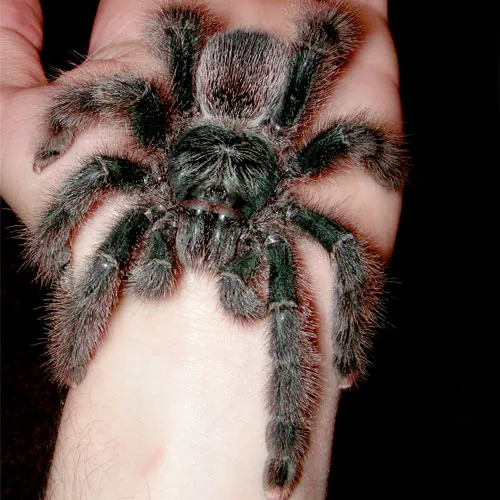
Pink Toe Tarantulas thrive in a temperature range of 75 to 85°F (24 to 29°C). Use a reliable thermometer to monitor the temperature within the enclosure, and position it where it can be easily read. If your home’s ambient temperature falls outside this range, you might need a heat source. A low-wattage heat lamp or a heat mat placed on the side of the enclosure can provide supplemental warmth. Ensure the heat source doesn’t directly contact the tarantula to prevent burns. Careful observation is vital; adjust the heat source to maintain the optimal temperature range, ensuring your tarantula remains comfortable and active.
Maintaining Humidity Levels
Humidity is equally critical, with an ideal range of 70% to 80% for Pink Toe Tarantulas. To maintain this, you can mist the enclosure with dechlorinated or bottled water a few times a week, allowing the enclosure to dry out slightly between mistings. The frequency of misting will depend on your local climate and the enclosure’s ventilation. A hygrometer is invaluable for monitoring humidity levels. Proper ventilation is also important; it prevents the build-up of stagnant air, which can lead to mold growth and respiratory problems. Adjust your misting schedule and ventilation to keep humidity within the recommended range to support your tarantula’s health and molting process. See image: pink-toe-tarantula-humidity.webp
Enclosure Setup
The right enclosure setup provides a secure, comfortable environment that mimics the tarantula’s natural arboreal habitat. This includes the right size, substrate, and decorations, all working together to meet the spider’s needs and encourage healthy behavior. Investing in the right setup from the start reduces stress on the tarantula and facilitates easier maintenance. Properly constructed enclosures ensure your Pink Toe Tarantula sale purchase thrives and remains a captivating and rewarding pet for years to come. See image: pink-toe-tarantula-enclosure.webp
Appropriate Enclosure Size
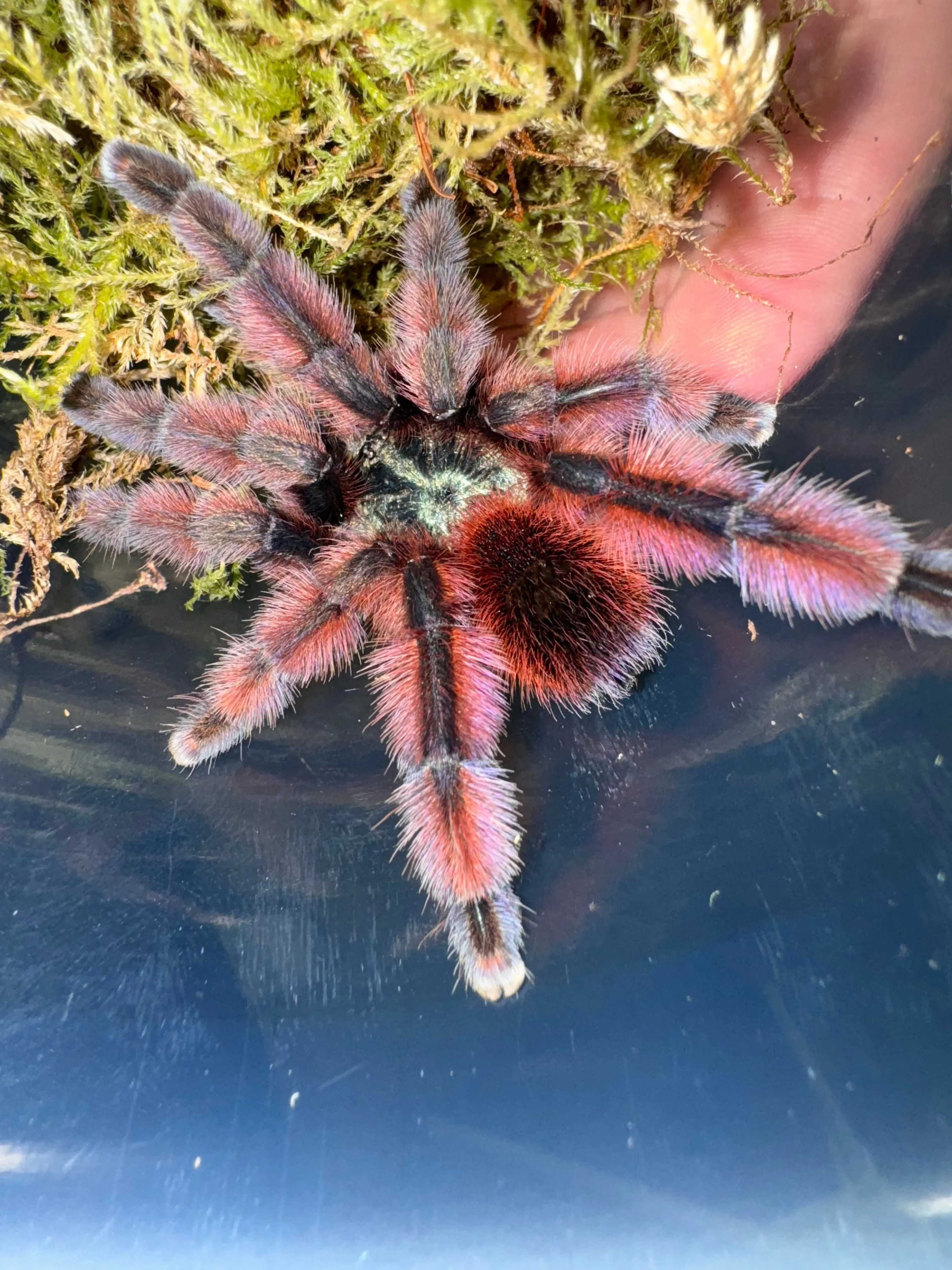
A Pink Toe Tarantula needs an enclosure that’s tall rather than wide because they are arboreal. A good rule of thumb is an enclosure that’s at least twice the tarantula’s leg span in height. For juveniles, a 5-gallon tank or a similar-sized arboreal enclosure is adequate. As they grow, they’ll need an upgrade; adult Pink Toes usually thrive in a 10-gallon or larger vertical enclosure. The enclosure should have good ventilation to prevent humidity buildup, which is vital for health. A well-sized enclosure ensures the tarantula can move, climb, and feel secure. Avoid enclosures that are too large, as this can stress the tarantula, making it harder to find food.
Substrate Selection
The substrate is a crucial component of the enclosure. It helps maintain humidity, provides a place to burrow, and gives the tarantula something to grip. A substrate mix that holds moisture but doesn’t become waterlogged is essential. Ideal choices include a blend of coconut fiber, peat moss, and a small amount of vermiculite. Avoid using substrates like sand or gravel, as they don’t retain moisture well and can be difficult for the tarantula to burrow in. The substrate layer should be several inches deep to allow the tarantula to create a burrow if it chooses. Regular cleaning of the substrate, removing any uneaten food or waste, helps keep the enclosure sanitary and healthy for your Pink Toe Tarantula. See image: pink-toe-tarantula-substrate.webp
Feeding Your Pink Toe Tarantula
Proper feeding is a key element in ensuring your Pink Toe Tarantula’s health and promoting its growth. Providing a balanced diet with appropriate frequency and food items ensures your tarantula receives all the necessary nutrients to thrive. Understanding your tarantula’s appetite and knowing what to feed is critical for its overall well-being. This section provides guidance on feeding your Pink Toe Tarantula and maintaining a healthy diet. From establishing a feeding schedule to selecting suitable food items, you’ll learn how to feed your tarantula correctly.
Feeding Frequency
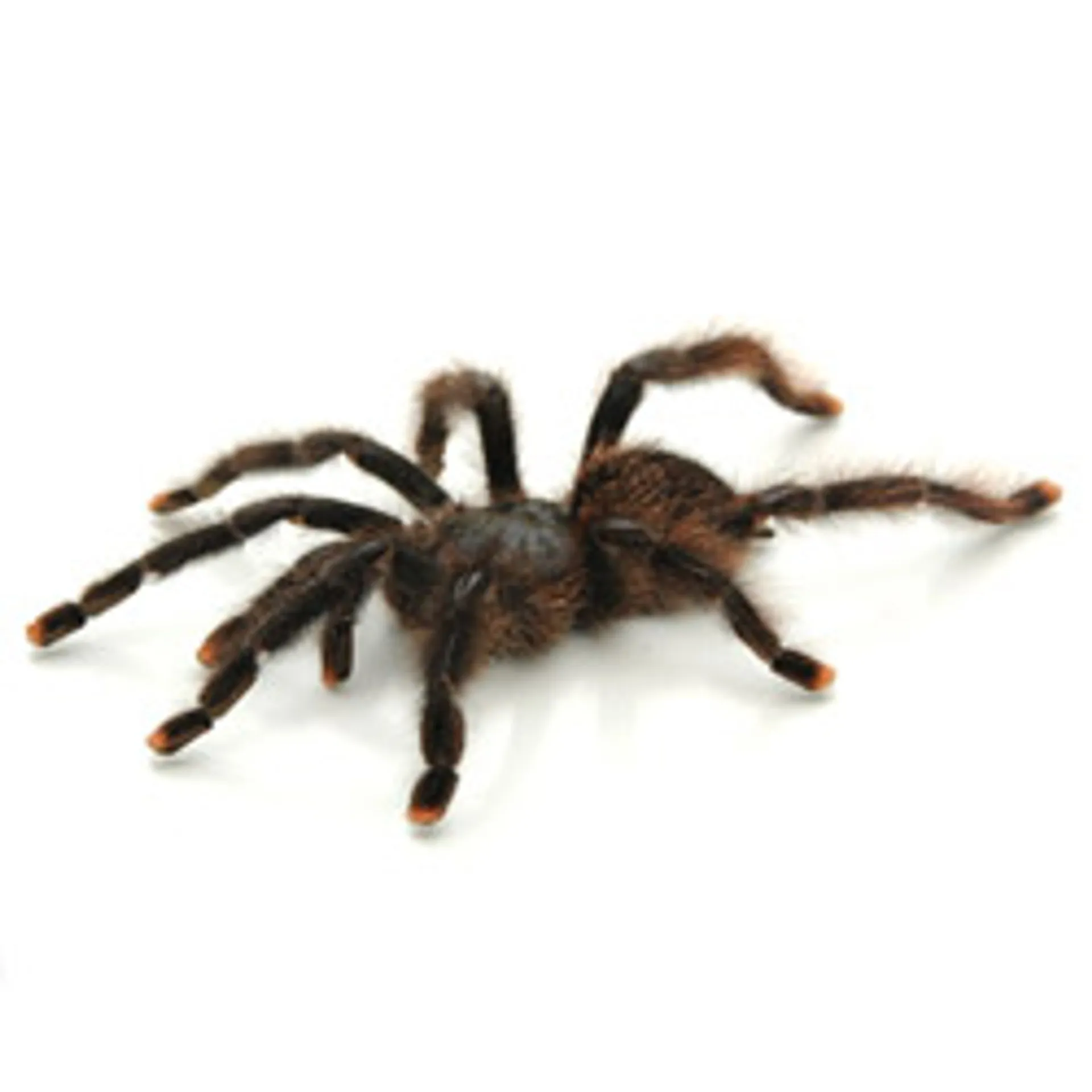
The feeding frequency for Pink Toe Tarantulas depends on their age and size. Spiderlings and juveniles should be fed more frequently, typically two to three times a week. Adults, on the other hand, need less frequent feeding, often once a week or every other week. Observe your tarantula’s behavior; if it’s consistently eating, it might need more food. If it refuses food, it could be molting, which is a time when they generally don’t eat. Remove any uneaten food within 24 hours to prevent mold or mites from developing. It is important to always provide fresh water to keep your tarantula healthy. See image: pink-toe-tarantula-feeding.webp
Suitable Food Items
Pink Toe Tarantulas are primarily insectivores, meaning they eat insects. Suitable food items include crickets, roaches, mealworms, and other commercially available feeder insects. Varying the diet provides a better balance of nutrients. Before feeding, ensure the insects are gut-loaded, meaning they’ve been fed nutritious food. This passes vital nutrients to your tarantula. The size of the food should be appropriate for your tarantula’s size; the general rule is the insect should be no larger than the tarantula’s body. Avoid feeding wild-caught insects, as they may carry pesticides or parasites that can be harmful to your tarantula. Observe your tarantula’s eating habits, and adjust the diet accordingly, to ensure it receives adequate nutrition for healthy growth.
Water and Hydration
Providing fresh water is vital for your Pink Toe Tarantula’s survival. They need a constant source of hydration, just like any other living creature. The availability of water is critical for their health, assisting in molting, and maintaining proper bodily functions. Ensuring adequate water supply is a fundamental aspect of responsible tarantula ownership. Regular access to clean water helps prevent dehydration and promotes overall well-being. See image: pink-toe-tarantula-water.webp
Providing Fresh Water
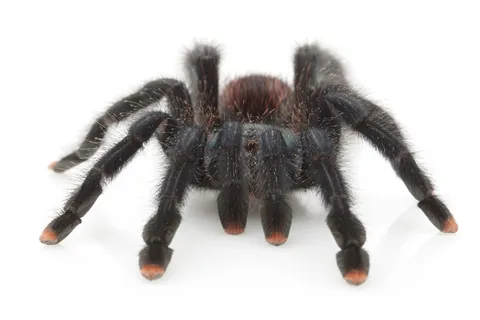
Always provide a shallow water dish with fresh, clean water in the enclosure. Use a dish that is shallow enough for the tarantula to access easily. Ensure the water dish is stable and won’t tip over. Replace the water regularly, usually every other day, to keep it clean and free from debris. Tap water can be used if it is dechlorinated; otherwise, bottled water is a safer option. You can also use a water gel product specifically designed for tarantulas, which can provide a safe and reliable source of hydration. This ensures your tarantula always has access to the hydration it needs, contributing to its health and longevity.
Misting for Humidity
In addition to a water dish, misting the enclosure helps maintain the necessary humidity levels. Use a spray bottle filled with dechlorinated or bottled water and mist the enclosure a few times a week, especially in drier climates. Aim for a light misting; don’t saturate the enclosure completely. Observe the condensation on the enclosure walls. If there’s excessive condensation or water droplets forming, reduce the frequency of misting. Proper misting helps mimic the humid environment these tarantulas need and supports their health and molting process. Careful monitoring and adjusting of both the water dish and misting schedule are important to ensure the right hydration levels are provided.
Handling and Safety Precautions
While Pink Toe Tarantulas are generally not aggressive, it’s essential to exercise caution when handling them. Their venom is typically not dangerous to humans, but their bite can be painful. Proper handling techniques can reduce the risk of being bitten. Understanding how to handle your tarantula safely is crucial. This section outlines essential handling techniques and precautions. Always prioritize the safety and well-being of both yourself and your tarantula. See image: pink-toe-tarantula-handling.webp
Safe Handling Techniques
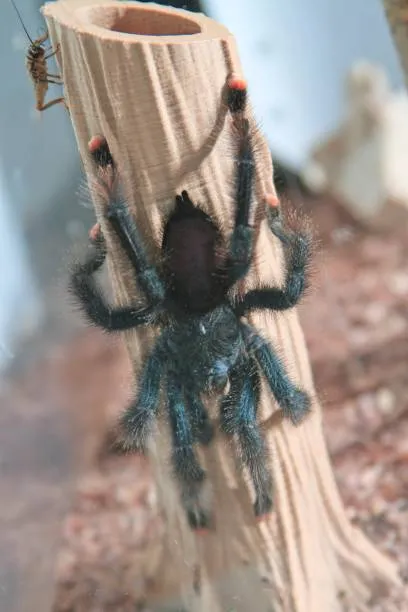
If you choose to handle your Pink Toe Tarantula, do so with caution. Approach slowly and gently. Use a soft brush or your hand to gently encourage the tarantula to walk onto your hand. Never grab the tarantula, as this can startle it. Always handle the tarantula over a soft surface, such as a bed or a carpet, in case it falls. Avoid sudden movements and be aware of the tarantula’s surroundings. Wash your hands thoroughly before and after handling to prevent contamination and potential transfer of chemicals. Regular, careful handling minimizes stress on the tarantula and allows you to appreciate its beauty.
Recognizing Stress Signs
Pay attention to your tarantula’s behavior; this is a vital part of responsible ownership. If it flicks hairs, rears up, or displays a defensive posture, it is stressed and should be left alone. Avoiding stressful situations is paramount. Overhandling, a lack of proper environmental conditions, or loud noises can cause stress. Stress can weaken the tarantula’s immune system, making it more susceptible to diseases. Observing your tarantula’s behavior regularly and knowing when to leave it alone will help you maintain its health and well-being, ensuring a long and enjoyable relationship.
Following these top 5 care tips will significantly improve your Pink Toe Tarantula’s health, happiness, and longevity. From controlling temperature and humidity to providing proper feeding and handling, each aspect contributes to the overall well-being of your fascinating pet. By prioritizing their needs and taking the time to understand their requirements, you are not only ensuring the Pink Toe Tarantula’s health but also enhancing your experience as a pet owner. Enjoy the captivating world of Pink Toe Tarantulas and the unique bond that comes with proper care and attention!
